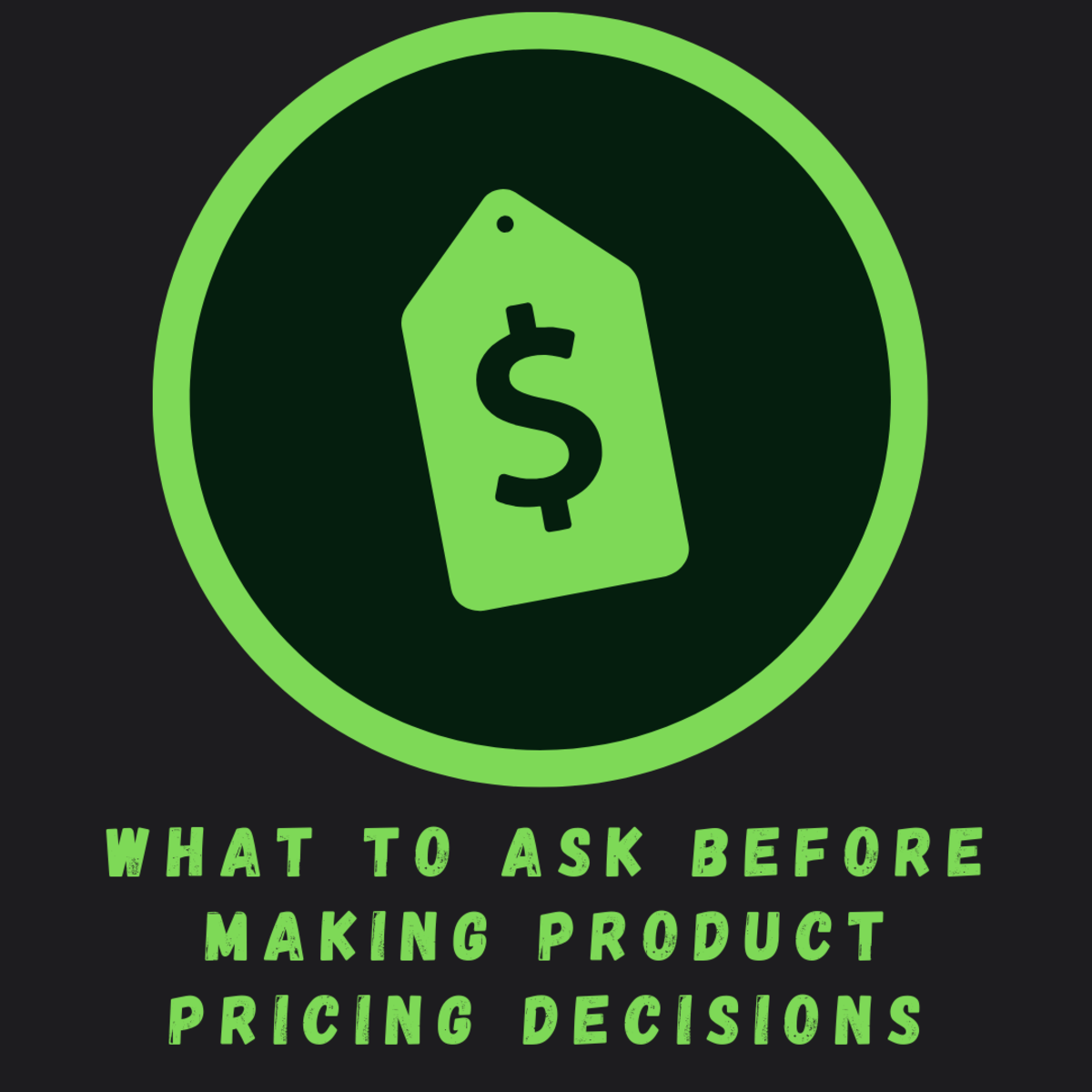Why You Marketing Technology Stack Is Like An Engine?
Marketing is an art. Plain selling is just demand and supply. But marketing is creating the demand to sustain profitable supplies. Often it is about making customers aware of a product they may or may not need and then making them purchase it. Of course, a lot of times, customers do have the need for the product. But whether someone needs a product or not is a matter of perception. A real objective analysis can only be carried out after the product is put to use.
But that’s not the real question we are asking. The real question is about the tech products that marketers need to make their strategies and tactics work. Marketers are selling tools in Customer Relationship Management, Data Management Platforms, automation, business intelligence but common sense would suggest marketing professionals themselves need these martech tools to make sure they sell other martech tools. It’s a funny loop but it’s actually what marketing professionals need.
But it often happens that people who profess the adoption of certain tech don’t themselves feel the need to use it. In 2016, such marketers are bound to run out of steam and park their cars. In an expansive survey, Salesforce found that martech adoption among high performing marketing professionals is extremely high. According to the survey, high and average martech tools adoption was 93% among high performing marketing professionals. And about 52% low performing marketers didn’t adopt martech tools. The inference is clear. IT and marketing departments are converging and not just these two, every department of an enterprise is converging with IT and it’s not a surprise. On the contrary, it would have been utterly surprising if the convergence wasn’t happening already.
But if you are one of those marketers whose martech adoption is a little low, we would like set a few things straight. Why do you need martech tools? How do they even work? How can they help you and things like that.
Data is your customer
In the good old days, conventional marketing involved making customers aware through traditional means like television and print advertising. Marketing was en masse. Now the orientation has changed to individual customers and digitally which means businesses don’t deal with customers but data that represents them. Beginning with collection of data, then storing that customer data, continuously and progressively improving and expanding it to increase the depth of insights into customers and finally making use of that data to devise and execute strategies, customer data is like the fuel of a marketing engine. To improve the efficacy of marketing efforts, businesses need to make the most out of customer data. Marketing efforts fail when this is not done.
Get a carburettor for your marketing engine
Again, data is your customer. And if you are running a brick and mortar store, how do you handle customers? What is the first thing you get done in the store? You create interiors that would impress customers, you place everything your customers would need while shopping. You make sure customers don’t have trouble accessing anything they would like to. Though digitally, you are just dealing with customer data, the analogy still holds. You have to make sure your customer data is collected stored and utilized properly and none of it is wasted. It’s like having an engine without a carburettor. This year, Scott Brinker came out with the marketing technology landscape listing more than 3500 vendors selling different types of martech tools. Interestingly, Brinker described a new category of products called integration Platform-as-a-Service (iPaaS) which “making it easier to connect most or all of an organization’s marketing technology to a common data exchange backbone.” A common data exchange backbone, or in common terminology, a Customer Identity Management platform makes it easy for data to be collected, stored and then circulated to different martech tools in the stack. Without such a tool, it can become really tough for businesses to manage their customer data.
Get your other tools right
According to Salesforce’s analysis, predictive intelligence tools are more likely to extensively used with close to half of all high performing marketers already using it. Marketing analytics is something that is most commonly used and it has been around for so long that it has become a basic tool for marketing teams. Beyond that the sectors most commonly invested in by marketers, as per Salesforce, are data targeting and segmentation, marketing automation, agile methodologies and predictive intelligence again.
Avoid vendor lock-in
Vendor lock-in was the only option, say a decade ago, but it is now reduced to just being a choice. For enterprises, it does make senses in a way to be locked in with another enterprise for a product but the same doesn’t hold for Small and Medium sized Businesses squarely because of the capital expenditure involved, and the long term outlook of the contract. SMBs have a different approach from enterprises which is why vendor lock-in is a very disadvantageous proposition for them. Choose tools that come for a subscription and with open relationships you can break at any time you want.
Be as heterogeneous as possible
Scott Brinker suggests marketers adopt a more open and heterogeneous approach to choosing their martech tools and this comes directly from the above point suggesting marketers to avoid vendor lock-in. Heterogeneity is sometimes an important trait and although it appears to be against creating harmony among different tools, it can actually bring in great symphony. Of course, only when you have the right facilitator tools that can keep crucial parts like the data running without glitches.
At the end of the day, no matter how many tools you have, or how advanced your marketing stack is, it will work only when you optimize it and have customer intelligence that can propel it. It’s like running campaign after campaign on Twitter but without having any followers. Unless you increase your followers and make your campaign tweets appear in the right feed, it won’t work. Same is the case with martech. You just have to get the inputs right first. The output will come out by itself. All the while, just keep thinking of it like an engine.








